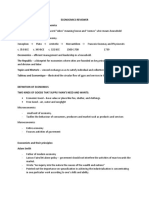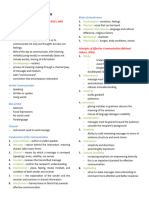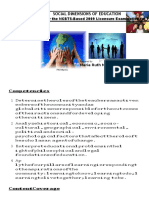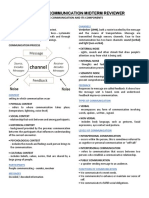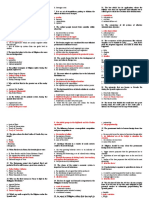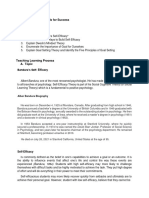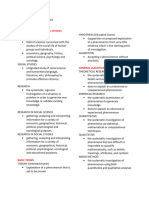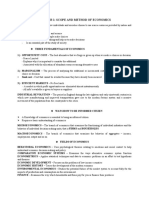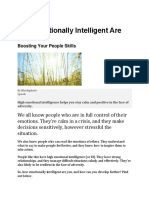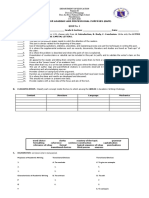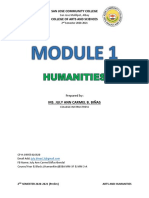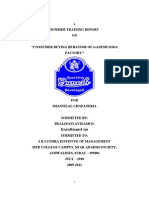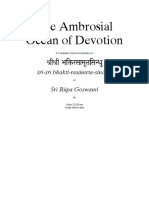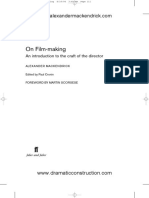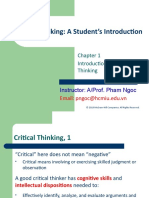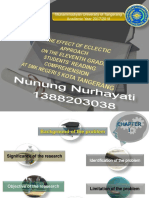0% found this document useful (0 votes)
203 views5 pagesChapter 1: Concepts & Definitions: Basic Economics Reviewer
The document provides definitions and concepts from basic economics. It defines economics as the study of efficient allocation of scarce resources to satisfy unlimited wants. It also defines key terms like inflation, interest rates, scarcity, and opportunity cost. The document outlines economic theories like Say's law, laws of diminishing returns and increasing costs. It also defines different types of economies like tradition, command, and market systems. Overall, the document serves as a comprehensive review of foundational economic concepts.
Uploaded by
bettinaomoyonCopyright
© © All Rights Reserved
We take content rights seriously. If you suspect this is your content, claim it here.
Available Formats
Download as DOC, PDF, TXT or read online on Scribd
0% found this document useful (0 votes)
203 views5 pagesChapter 1: Concepts & Definitions: Basic Economics Reviewer
The document provides definitions and concepts from basic economics. It defines economics as the study of efficient allocation of scarce resources to satisfy unlimited wants. It also defines key terms like inflation, interest rates, scarcity, and opportunity cost. The document outlines economic theories like Say's law, laws of diminishing returns and increasing costs. It also defines different types of economies like tradition, command, and market systems. Overall, the document serves as a comprehensive review of foundational economic concepts.
Uploaded by
bettinaomoyonCopyright
© © All Rights Reserved
We take content rights seriously. If you suspect this is your content, claim it here.
Available Formats
Download as DOC, PDF, TXT or read online on Scribd
/ 5
